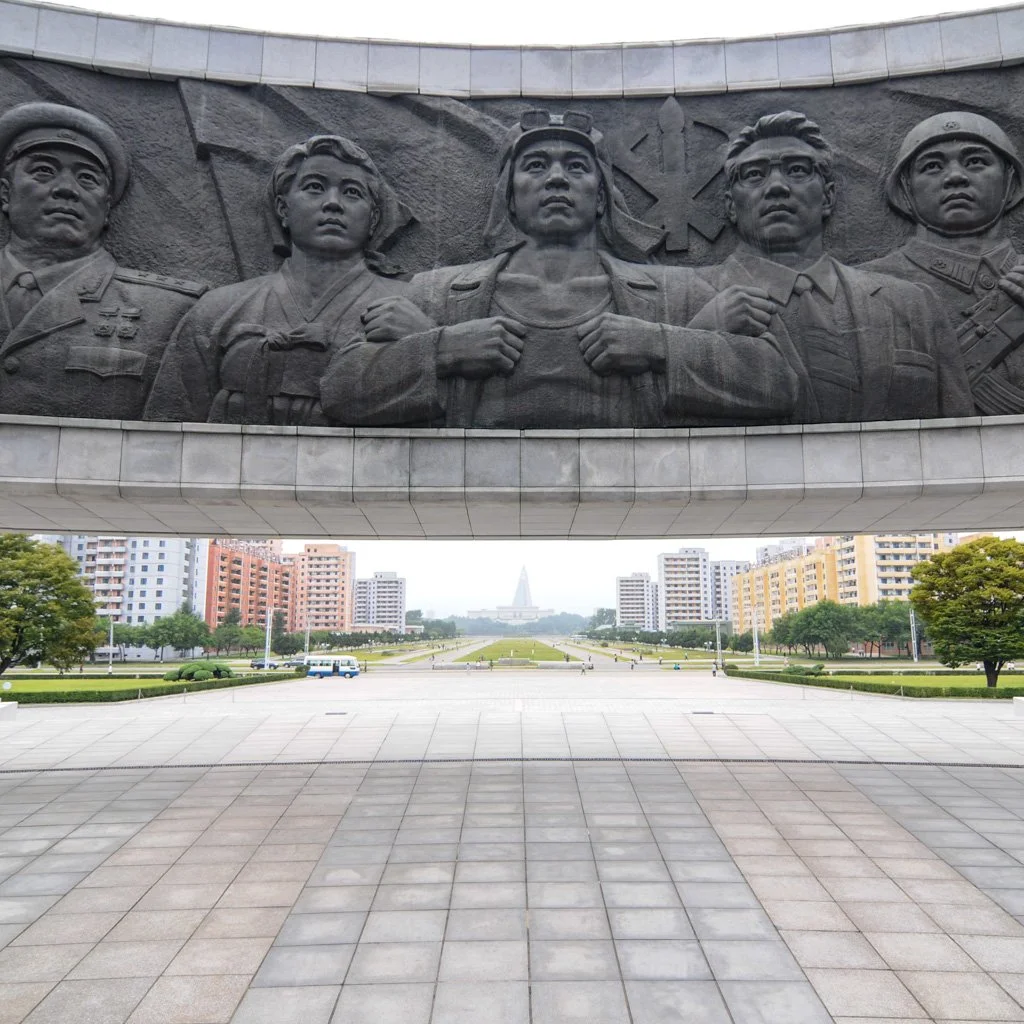With the (temporary?) closure of Kaesong Industrial Complex, the future of special economic zones (SEZ) in North Korea looks grim. In China, where one-stop shops that help investors navigate processes increasingly replace SEZs, what role can SEZs play in North Korea? If North Korea reinvigorates its SEZ policy in the medium term, what does it need to do to make progress? Some ideas:
Execution While the strategic rationale and planning of SEZs is important, studies of SEZs by the World Bank indicate that a lot boils down to the execution of the SEZ concept. Well-executed SEZs produce results, and such zones often require local zone administrators that have the autonomy and the political support to cut through bureaucratic red tape.
Integration Traditionally, SEZs in North Korea have been located far from the key urban centers. The isolation cuts them off from domestic economic activity. However, SEZs that have generated significant externalities for the national economy often benefit from and transfer their advantages through integrating their activities with the regional economy.
Contextualization Overseas investors, for right or wrong reasons, worry about North Korea’s economic and political trajectory. Many are hesitant to commit significant capital to a challenging market. As such, a short-term approach could be to focus SEZs on supporting domestic entrepreneurs. A liberal and credible zone approach could target domestic North Korean entrepreneurs, enabling them to set up companies domestically, rather than offshore, and help develop a set of rules governing the next-generation of domestic companies. These rules can then be rolled out more extensively if successful.








